Indian festivals are incomplete without kheer or payasam. Call it payasam or payesh or kheer or pudding, it signifies a joyous beginning to most celebrations – birth of a child, new beginnings, marriage, festivals etc.
Kheer holds great significance in Indian festivals and cultural celebrations
It is a traditional Indian dessert made from rice, milk, sugar, and often flavored with cardamom, saffron, and garnished with nuts like almonds and pistachios. The importance of kheer in Indian festivals can be understood through several aspects:
- Symbol of Celebration: Kheer is associated with joy, happiness, and celebration. It is often prepared during special occasions and festivals, signifying the festive spirit and the coming together of family and friends.
- Offering to Deities: Kheer is frequently offered as prasad (a sacred offering) to Hindu deities during religious ceremonies and festivals like Diwali, Navratri, and Janmashtami. It is considered a symbol of devotion and gratitude.
- Cultural Tradition: Kheer has a long-standing tradition in Indian culture and has been prepared for generations during various festivals. Its preparation and consumption have become an integral part of these celebrations.
- Sweetness and Unity: The sweet and creamy nature of kheer symbolizes the sweetness of life and the unity of people during festivals. Sharing kheer with family and friends reinforces bonds and fosters a sense of togetherness.
- Versatility: Kheer recipes can vary from region to region, incorporating local ingredients and flavors. This diversity reflects the rich cultural tapestry of India and adds to the uniqueness of each festival.
- Nutritional Value: Kheer is a nutritious dessert, as it contains rice, milk, and nuts, which provide essential nutrients like carbohydrates, protein, calcium, and vitamins. This makes it a fitting dish for festive occasions when people seek energy and sustenance for extended celebrations.
- Seasonal Relevance: Some festivals coincide with specific seasons or harvests. For example, Makar Sankranti is celebrated during the winter harvest season, and kheer made from freshly harvested rice is a common delicacy during this time.
- Tradition of Sharing: Festivals in India often involve the exchange of sweets and treats as a gesture of goodwill and celebration. Kheer is a popular choice for gifting and sharing with neighbors, friends, and relatives during festivals.
In summary, kheer plays a central role in Indian festivals due to its cultural significance, religious importance, and the sense of joy and togetherness it represents. It embodies the spirit of celebration, gratitude, and unity that characterizes these festive occasions in India.
PIN FOR LATER
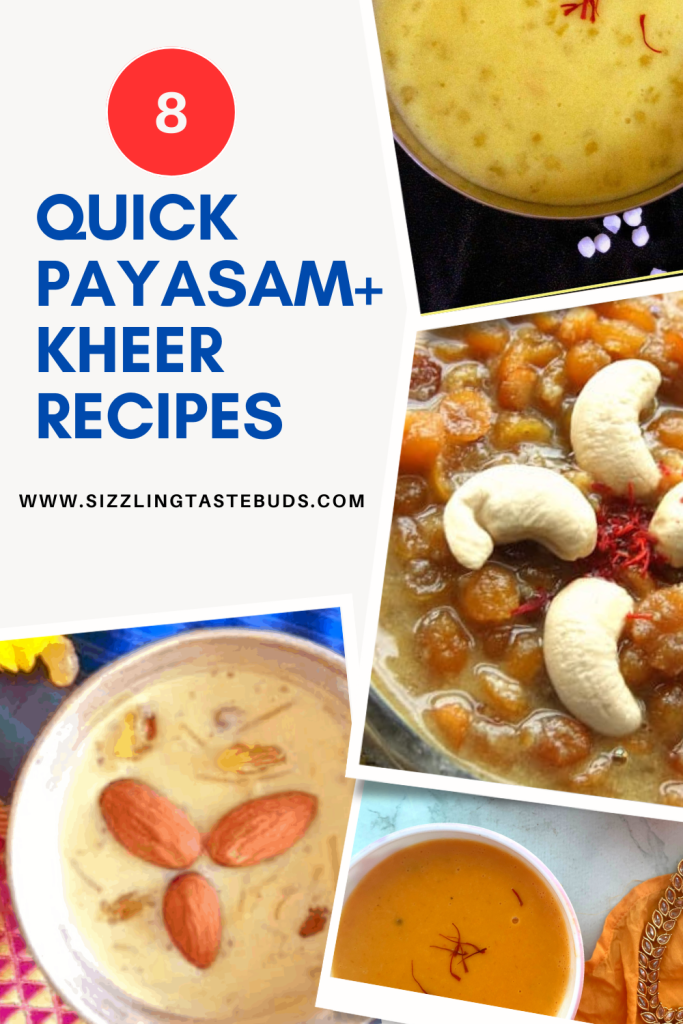
Here is a collection of quick payasam recipes you can whip up for any celebration or festivals.
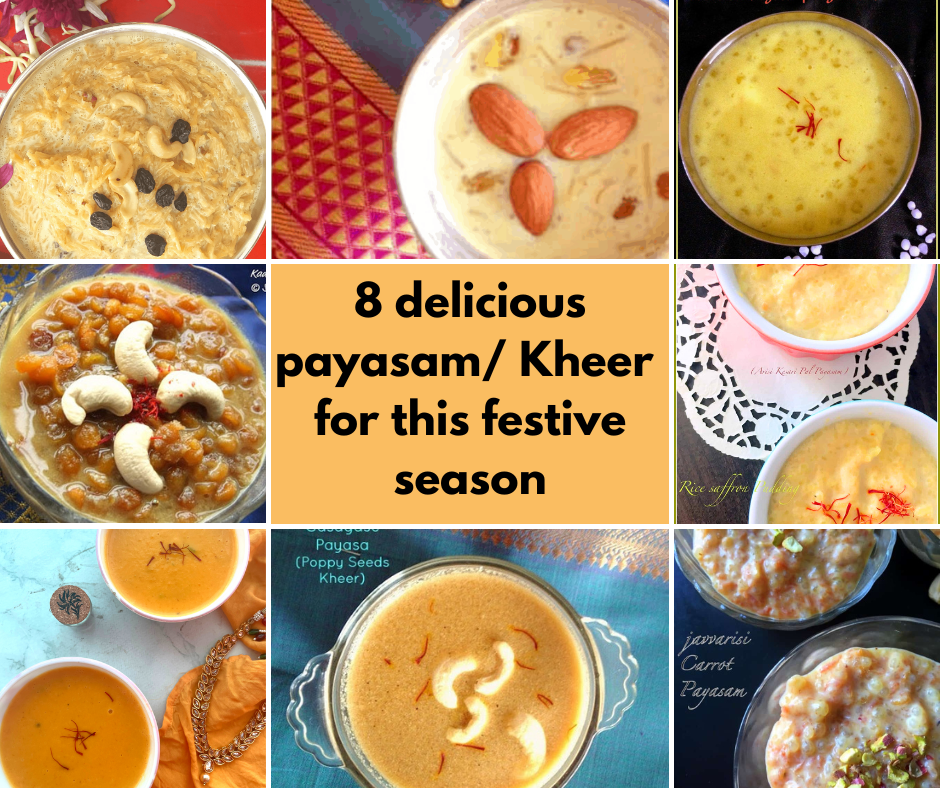
From top row left to right, we have


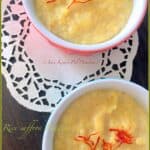

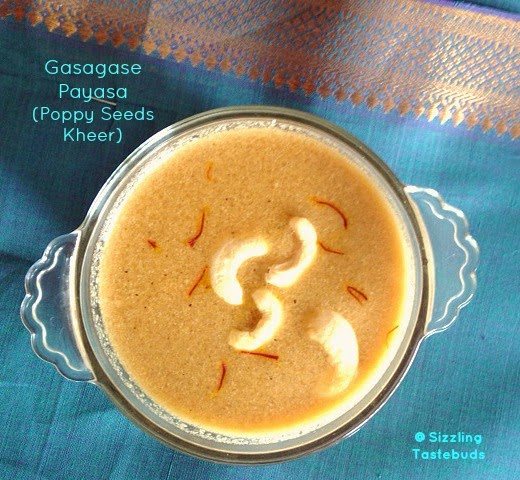

Liked this recipe? SIGN UP FOR THE Sizzling Tastebuds Newsletter (No Spam, Promise!) for fresh, healthy and tasty recipes right into your inbox. Please consider leaving a star ???? rating on this recipe to encourage us . Do FOLLOW Sizzling Tastebuds ON Facebook, Twitter, Pinterest AND Instagram for fresh content, latest recipes and much more!



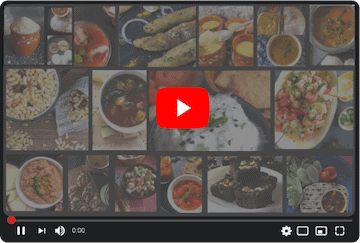

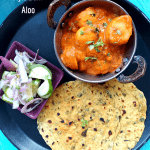

This will be my go to guide for all things payasam. I am particularly form of your recipe for the gasagase payasam. Thankyou for this keepsake collection.
Thanks Seema
Lovely collection of payasam recipes for the festive season. Festive days are incomplete without it.
Thanks Jayashree,yes festival days are incomplete without Kheer
Just love the numerous reasons you’ve penned down as to why kheer is so famous and popular all over India. Excellent post and simply love the collection of kheer recipes.
Thanks so much for your kind words, Mayuri.